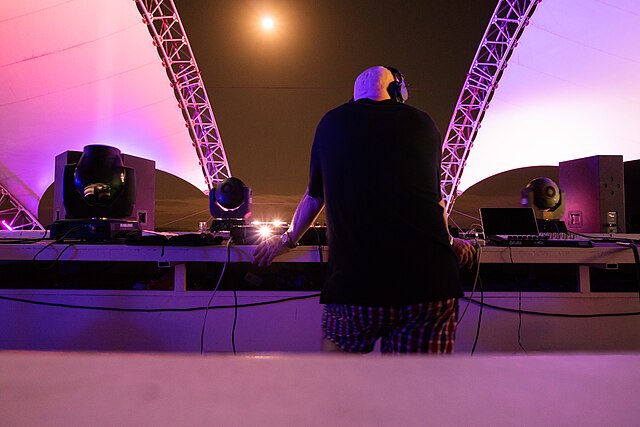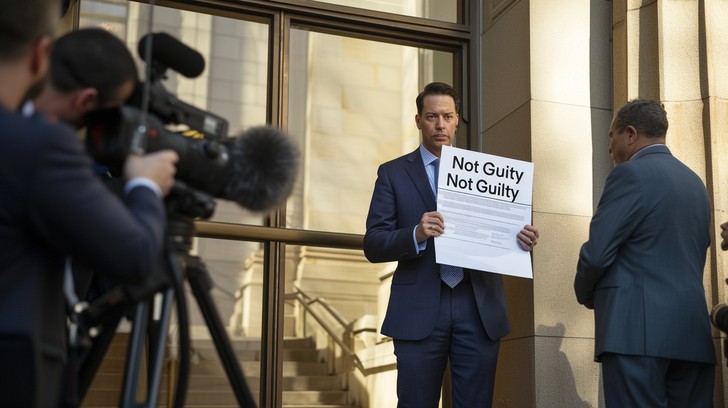Now Reading: Music Sampling, Remix Culture, and the Future of Copyright Law
-
01
Music Sampling, Remix Culture, and the Future of Copyright Law

Music Sampling, Remix Culture, and the Future of Copyright Law
In an era where creativity thrives through digital remixing, music sampling and remix culture are pushing copyright law into uncharted territory. From hip-hop beats crafted from old vinyl to viral TikTok remixes, artists are continually reimagining existing works, often blurring the lines between inspiration and infringement. However, as this remix culture expands, it clashes with outdated legal systems designed for a different creative landscape.
Across the globe, lawmakers and courts are grappling with how to protect original creators without stifling innovation. Some propose bold reforms: granting legal status to remixes, requiring attribution, and even creating new royalty systems for user-generated content. Meanwhile, the rise of AI-generated music adds new layers of complexity, raising questions about who truly owns a song when a machine does the mixing.
The stakes are high: the future of music, artistic freedom, and fair compensation all hang in the balance. As copyright law catches up to culture, one thing is clear: creativity won’t wait.
What is Music Sampling & Remix Culture?
Sampling involves reusing portions of existing recordings in new compositions, a practice central to genres like hip-hop and electronic music. Remix culture extends this concept by embracing the reimagining of existing works across various media. This creative process challenges traditional notions of authorship and originality, prompting debates about the boundaries of fair use and derivative works.
Examples of the following:
- Latch by Disclosure and Sam Smith & Sex on the Beach by PARTYNEXTDOOR
- Hotline Bling by Drake & Why Can’t We Live Together by Timmy Thomas
- Loyalty by Kendrick Lamar & 24K Magic by Bruno Mars
- Freak by Doja Cat & Put Your Head on My Shoulder by Paul Anka
- Toxic by Britney Spears samples the soundtrack of an 80s Bollywood musical
- Girl With The Tattoo Enter.lewd by Miguel & Break from Toronto by PARTYNEXTDOOR
Legal Challenges Behind Music Sampling and Remix Culture
The legal challenges behind music sampling and remixing stem primarily from how copyright law defines and protects original works. Here are the main issues:
- Copyright Infringement – Music sampling often involves using portions of copyrighted recordings without permission. Even a very short sample can infringe on copyright if it is recognisable. Many other countries have strict “no-sampling-without-clearance” rules, meaning artists must obtain permission and often pay fees, even for minimal use.
- High Licensing Costs and Gatekeeping – Clearing a sample can be prohibitively expensive and time-consuming, especially for independent or non-commercial artists. Rights holders may demand hefty fees, outright refuse permission, or impose burdensome conditions.
- Lack of Legal Framework for Remix Culture – Most copyright laws were established before the digital remix era. There is no clear legal category or right covering transformative, remix-based works. This creates uncertainty for artists operating in the gray areas between inspiration and infringement.
- Platform Liability and Content Takedowns – Platforms like YouTube and TikTok use automated systems to detect copyrighted material, which can result in takedowns or demonetisation, even for content that might be legally protected under fair use. This discourages remix culture and punishes artists without due process.
- Moral Rights and Artistic Integrity – In some jurisdictions, artists have “moral rights” that prevent others from modifying their work in ways they find offensive or misleading, even if the legal use is otherwise allowed. This can add another layer of complexity for remixers.
- Fair Use Limitations – Some creators argue that their remixes or samples should qualify as “fair use,” especially if the new work is transformative. However, fair use is a legal defence, not a right, and it is often hard to predict. Courts assess it on a case-by-case basis, considering factors like purpose and character, amount used, and the market effect on the original work. This unpredictability discourages many from sampling at all.
Examples of some notable legal cases that highlight the legal challenges of music sampling and remixing:
- Bridgeport Music, Inc. v. Dimension Films (2005)
- Newton v. Diamond (2003)
- Drake – “Pound Cake / Paris Morton Music 2” Lawsuit (2017)
- Grand Upright Music Ltd. v. Warner Bros. Records Inc. (1991)
Inspiration vs. Infringement: Where Does One Draw the Line?
Inspiration refers to being influenced by another work in a way that sparks new, original creation. It’s legal and often encouraged in creative industries.
Infringement occurs when a new work unlawfully copies protected elements like melody, lyrics, characters, or visuals of another work without permission.
Legal Standards that can draw the line between the two:
- Substantial Similarity Test: Focuses on protected expressions, not general ideas. The question to ask would be whether an ordinary observer finds the two works substantially similar.
- Access + Similarity: If it can be proven that the creator had access to the original work, and there’s significant similarity, infringement is more likely.
- Transformative Use (Fair Use Doctrine): The theory of “fair dealing” is a copyright infringement defence that enables limited use of copyrighted content without the permission of the owner. It serves as both a restriction and an exception to a copyright holder’s exclusive rights. According to this theory, the use of a word and/or a melody should be minimal or non-existent. Copying is authorised to some extent and does not definitively indicate infringement. However, it is vital to demonstrate that it was not done in an unequal manner.
The Future of Copyright Law
The future of copyright laws in relation to music sampling and remix culture is likely headed toward a more flexible and adaptive framework, but one that still aims to balance creators’ rights with creative freedom. This is what the future may look like.
- Recognition of Transformative Use and Remix as Legitimate Art
– Some legal scholars and reform advocates propose creating a specific “right to remix”, particularly for non-commercial or transformative works. Courts may become more accepting of fair use/fair dealing defences for artists who use samples in a clearly transformative or critical context.
- Global Harmonisation of Copyright Laws
– Different countries treat remixing and sampling differently. There may be movement toward international norms that better reflect the realities of digital creation, remix culture, and cross-border content sharing.
- Tailored Legal Reforms, Not One-Size-Fits-All
– Legal reforms may become sector-specific, treating visual arts, music, and video remixes differently based on how creativity is typically expressed and reused in each.
- Platform Liability and Revenue Sharing
– Streaming and social platforms may be required to share revenue with both original rights holders and remix creators.
The evolution of music sampling and remix culture highlights the urgent need for copyright law to adapt to modern creative practices. Traditional legal frameworks often struggle to address the complexities of digital reuse, leading to legal uncertainty and stifled artistic expression. The ambiguous boundary between inspiration and infringement presents a significant challenge, particularly in genres that rely heavily on intertextuality and sampling.
To effectively support innovation while respecting original creators’ rights, future copyright reforms should prioritise the recognition of transformative works, implement more accessible and affordable licensing mechanisms, and promote revenue-sharing models that benefit both original and derivative artists. Moreover, the development of international legal harmonisation and sector-specific guidelines will be critical to addressing the global nature of remix culture.
Ultimately, a more flexible and equitable copyright system will not only preserve the integrity of intellectual property but also empower a new generation of creators to engage in cultural production without fear of legal retribution. By doing so, copyright law can fulfil its foundational goal of promoting creativity and advancing the arts in the digital age.










